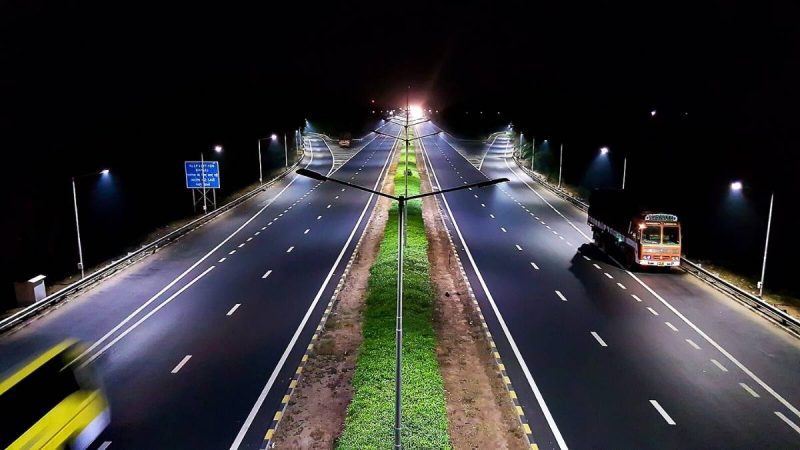For anyone driving down the Mumbai-Ahmedabad Highway (NH-48), fear has become the default emotion. Potholes yawning in the middle lanes, broken medians, dysfunctional streetlights, and half-baked repairs make the road feel like a danger zone. Sadly, NH-48 has evolved into a cautionary tale of infrastructural apathy.
NH-48 Mumbai-Ahmedabad Highway: Rising Accidents And Fatalities
According to Mid-Day, between Talasari and Dahisar, 238 accidents this year alone have killed 131 people, a brutal statistic that exposes how patchwork fixes and traffic curbs cannot mask the deeper failures of this corridor.
Locals are furious. A ₹600-crore white-topping project was meant to restore the road, but they say it has delivered little. “Fatal accidents have actually increased, and traffic flow has worsened. Contractors face no liability, and NHAI has failed to fix the road. Ambulances, schoolchildren, and workers suffer every day,” said Harbans Singh Nanade of the All India Vehicle Owners & Drivers Federation.
Truck drivers, too, say they’ve been abandoned. “We pay taxes but still struggle with potholes, non-functional streetlights, and tripled travel time. Many drivers have left the state in frustration,” said Sanjay Dhawle of the Heavy Container Association. His colleague Rashmil Kothari pointed to the long-stalled Virar-Alibaug Multimodal Corridor, which could take thousands of trucks off NH-48 and ease the logjam.
Also Read: First Look Of Mumbai Metro’s Cuffe Parade Station Out; All About South Mumbai’s First Metro Line
All You Need To Know
Officials at NHAI, meanwhile, insist things aren’t as bleak. Project director Suhas Chitnis claimed “99% of the white-topping is complete,” adding that while quality “could have been better,” the overall condition is “not bad.” To manage congestion, the agency has banned heavy trucks from entering during two daily time slots until October 2.
For those who use the road daily, such measures feel better on paper than in practice. “Restricting trucks is just a band-aid. Wrong-side driving, broken medians, lack of signage, and poor design are the real problems,” argued Shraddha Rai of the civic platform Zimmedar Kaun.
Tragedies continue to underline the anger. In July, a woman died inside an ambulance stranded in a jam. In September, a 16-month-old boy met the same fate. Just last week, a military truck broke down and waited 90 minutes for help that never came. “If even the army gets no support, what hope do commuters have?” captures the horrific sentiment the situation holds, as stated by Mid-Day.
Also Read: Uber Makes Railway Debut; Launches First Managed Operations At Ahmedabad And Howrah Stations
The state has ordered a survey of accident-prone stretches and promised a committee to probe causes. But to those on the ground, it feels like déjà vu. Virar resident Neha Sharma summed it up: “Every time I drive this road, I feel like surviving it is a second chance at life.” Unless concrete measures are implemented promptly, these stretches will remain a persistent threat to commuters’ safety.
Cover Image Courtesy: ridhamnagralawala/WikimediaCommons
For more such snackable content, interesting discoveries and the latest updates on food, travel and experiences in your city, download the Curly Tales App. Download HERE.

